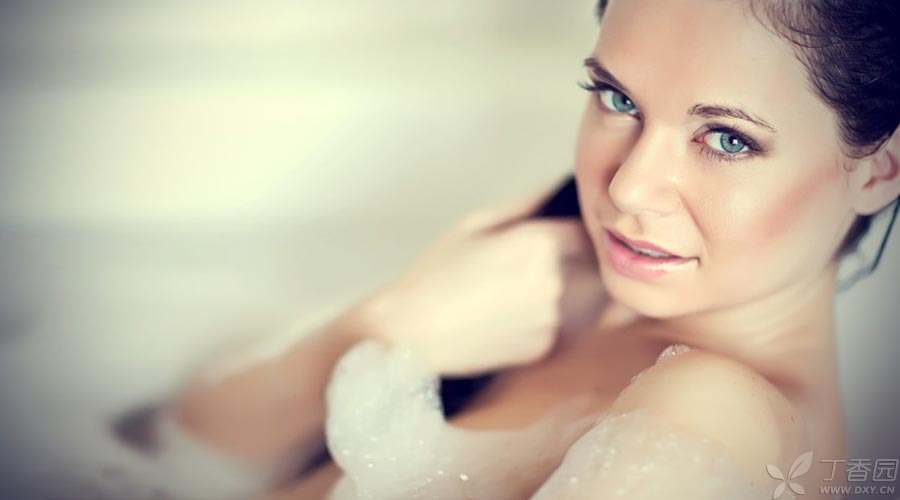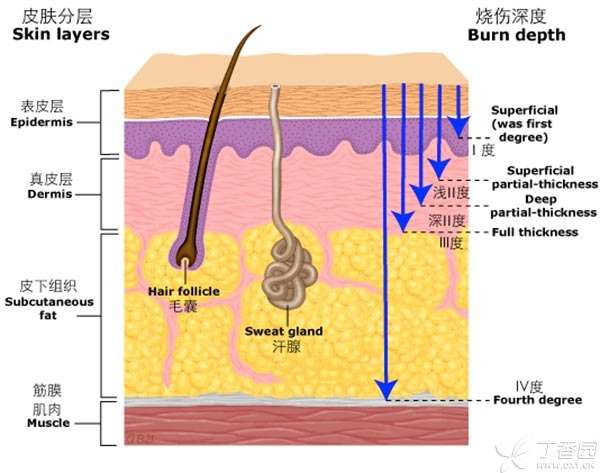
To sum up, regarding the bath water temperature, the reasonable solution should be as follows:
1. The set water temperature of the water heater shall be kept above 60 ℃, and the water temperature of dishwasher, steam humidifier and other equipment shall not be lower than 50 ℃.
2. At the same time, install an anti-scald constant temperature water mixing valve for shower nozzle, bathtub and sink faucet, so that the water temperature directly contacted by human body is as low as 49 ℃.
3. For children’s water, the set water temperature of the water heater should be lower than 49 ℃, and the outlet water temperature should not feel hot when the elbow is tested.
4. Never let the child put the bath water alone. Check the water temperature before bathing the infant.
5. If you want to take a bath, you must put cold water before adding hot water. Turn on cold water before taking a shower and turn off hot water after taking a shower.
As a southerner, In winter, you can take a hot bath with appropriate temperature. It is the greatest enjoyment of the day. However, As a master of medicine in infectious diseases, I know very well that my favorite water temperature of about 40 ℃ is also an excellent growth and reproduction temperature for many bacteria. For example, the Legionella mentioned in my article < < hot water bath, alert to the following diseases > > (click here), the survival data given by WHO at different temperatures are as follows [1]:
Above 70 ℃: Immediate death
Above 60 ℃: 90% died within 2 minutes
About 50 ℃: 90% died within 80-124 minutes
48-50 ℃: Surviving but not reproducing
32-42 ℃: optimum growth temperature range
For most bacteria, 30 to 40 ℃ is the most suitable temperature for their growth, Generally, the temperature of the incubator used for bacteria culture is set at about 35 ℃. Therefore, you can see that when I sing loudly in the hot water bath at about 40 ℃, the bacteria are also carrying out a carnival of life. For the bacteria, the bacteria in the hot water bath with you at this time are like staying in the mother’s womb, splitting out a group of children and grandchildren in seconds.
How common is hot water system pollution?
A survey of 211 households in Quebec, Canada, showed that Legionella can be detected in 40% of the effluent of electric water heaters [2]. Relatively speaking, due to differences in equipment design factors, gas/oil water heaters seldom find signs of Legionella contamination. Many electric water heaters are suitable for bacteria reproduction because of uneven heating of the water tank. Even if the water temperature is set above 60 ℃, the water temperature at the bottom of the water tank is only 30-40 ℃.
In addition to the risk of infection, many dishwashers and other equipment also require the water temperature of the equipment, because the optimal onset temperature of many detergents is between 50-60 ℃.
Then turn up the water temperature?
Raise the water temperature, bacteria are lifeless carnival, but this also has the risk of scalding.
Some studies have shown that continuous contact with hot water at 44 ℃ for about 6 hours will lead to II-III degree burns. If the water temperature rises by 5 ℃ (i.e. 49 ℃), it will take 10 minutes, while contact with hot water above 60 ℃ for more than 10 seconds may lead to deep burns [3].
Another reason why domestic water is prone to burns is that when the faucet is only turned on, the water temperature flowing out is relatively low, but as hot water rapidly flows to the outlet, the water temperature may rise rapidly in a short period of time, leaving you off guard.
Children, especially infants, have delicate skin and lack of insight in behavior, which is a high incidence group of scalds. 60-80% of children’s burn cases worldwide are caused by scalds. However, the elderly have hypofunction of limb peripheral nerves, poor circulation, slow feeling of heat and pain, and poor vigilance, so they are also easy to be scalded.
From time to time, the burn department of the hospital received cases of severe burns to infants caused by too hot water temperature. According to the data of a hospital in Chongqing, 53.8% of burns to children under 7 years old were caused by improper bathing operation [4]. On January 12, 2015, a two-year-old child took a bath with his mother in a public bathroom, causing deep II-degree burns to many parts of his body, which were identified as Grade 9 disability.
How hot water can burn the skin?
Scalds belong to a kind of burns, according to the depth of the affected skin, can be divided into I degree, shallow II degree, deep II degree, III degree. Although most scalds are not life-threatening, burns above deep II degree will leave obvious scars on the affected part, which will not only cause no small economic burden, but also bring lingering psychological shadow to patients and their families.

In 1977, more than 80% of households in Washington State in the United States had a hot water temperature higher than 54 ℃ and an average water temperature of about 61 ℃, which resulted in a large number of scalding cases in the family environment. Nearly 1/4 of the children’s scalding was caused by the hot water with excessive temperature in the faucet.
In 1983, Washington passed a bill requiring the preset temperature of domestic hot water to not exceed 49 ℃ (120 oF). Five years later, the average temperature of domestic hot water in Washington dropped below 50 ℃, and the incidence of burns also dropped by more than half compared with before the bill was implemented.
How Balance [High Temperature Sterilization] and [Low Temperature Scalding Prevention]?
Obviously, the needs of [keeping the temperature as high as possible to remove bacteria] and [keeping the temperature under control to avoid burns] cannot be met at the same time. How should we choose between the two? How should the water temperature be adjusted when bathing in winter?
This has been analyzed in detail.
1. Water heater with water storage device
Many domestic water heaters have their own water storage devices. In this case, the water temperature in the water tank should be kept above 60 ℃ as far as possible to inhibit the reproduction of bacteria such as Legionella, and an anti-scald valve should be installed at the water outlet to mix hot and cold water so that the water temperature can be reduced to below 49 ℃ when in use.
2. Gas-fired water heater
For gas-fired water heaters, the risk of bacterial contamination is small, but the effluent temperature is high and the risk of scalding is high. Therefore, the water temperature should be adjusted below 49 ℃ to prevent scalding.
3. Multi-channel domestic water system
For a multi-channel household water system that supplies bathrooms and kitchens at the same time, The more hot water supply equipment, the greater the possibility of contamination. Therefore, WHO recommends that the overall water temperature in the water tank should reach above 60 ℃ at least once a day for at least 5 minutes. In addition, the temperature of hot water approaching the outlet through the pipeline should be above 50 ℃. In order to prevent scalding, the outlet should also be equipped with anti-scalding protection devices.
Of course, in order to prevent being scalded by bath water, to meet the requirements put forward at the beginning of the article, you may have to spend an extra sum of money when decorating the house.
Editor: Ding Ruoshui
Author: Cheyenne
